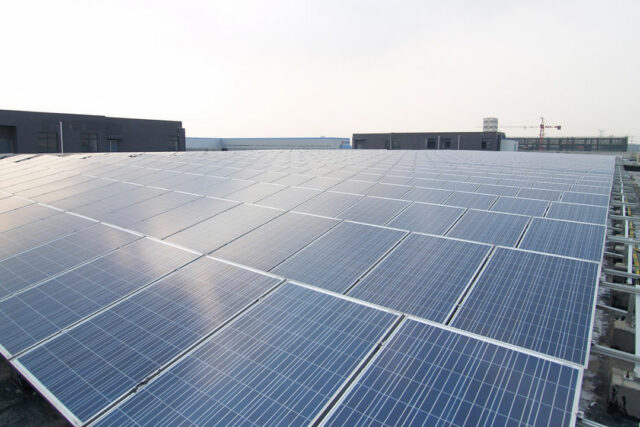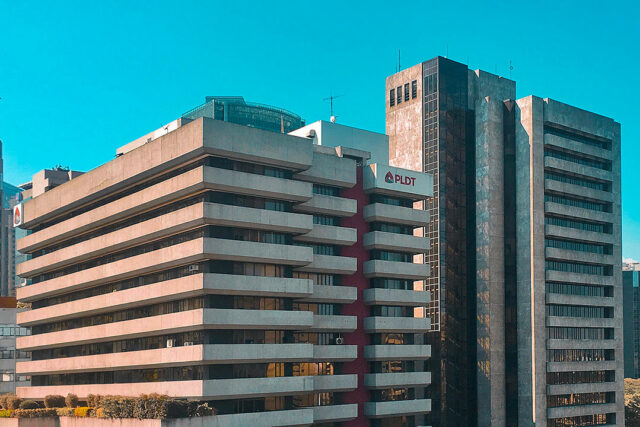OceanaGold PHL expects 2024 production at lower range
OCEANAGOLD Philippines, Inc. (OGPI) expects its gold and copper ore production for the year to be at the lower end of its annual guidance, an official from its parent company OceanaGold Corp. (OGC) said.
“We are now advising the market that we will be at the lower end of our guidance,” OGC Chief Operating Officer for Asia-Pacific Peter Sharpe said during a briefing on Tuesday.
Earlier, OGPI said that it is expecting to produce 120,000 to 135,000 ounces of gold and 12,000 to 14,000 tons of copper for 2024.
“We also had a change of plan with our underground mine sequencing based on a geotechnical review that we had undertaken,” Mr. Sharpe added.
He said that the review identified safer ways to extract ore from the underground area of the Didipio gold and copper mine.
“What that will mean is slightly less grade going forward over the next couple of years. But the years beyond that will see a higher grade,” he added.
He said that the new mining plan had impacted the company’s production during the second quarter. It is also expected to slightly impact production for the third and fourth quarters.
“Our firm belief is that this is actually a better decision for Didipio in the long run. It will ensure that we are safer underground while also being able to recover more ore from underground,” Mr. Sharpe added.
OceanaGold Philippines saw its net income decline by 30.7% year on year to $14.2 million for the second quarter from $20.5 million due to lower ore production.
Revenues for the three-month period fell by 22.1% to $68.8 million from $88.3 million in the same period last year.
“Our second-quarter results were probably one of the weakest quarters we’ve had in the last couple of years. It was always planned to be slightly weaker than other quarters,” Mr. Sharpe said.
The company had reported two fatalities at the mine site, causing production delays. One worker had fallen at Didipio’s paste processing plant in June, while a contractor died after sustaining head injuries in July.
“They were one-off events, and they’ve effectively been addressed. So we are seeing the capacity and throughput being re-established. We certainly expect the third quarter and then the fourth quarter to be stronger than the second quarter,” he added.
OGPI shares fell by 0.59% or eight centavos to close at P13.48 apiece on Tuesday. — Adrian H. Halili





















